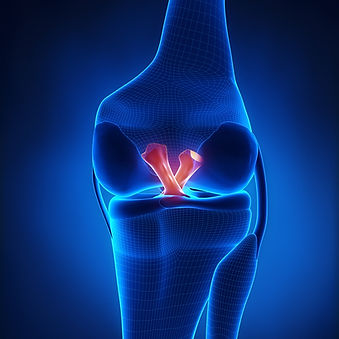
Your care guide's focus is on practical strategies to reduce pain, improve function, and promote joint recovery. Care strategies reviewed for clinical efficacy with ratings provided.
TOP PRIORITIES
This care guide and related information is educational in nature. Always consult with a medical professional prior to initiating new exercises or trying a new product, drug, or supplement.

KNOW YOUR STRATEGY
Clinical Evidence: Strong
FIND YOUR EXERCISES
Clinical Evidence: Strong
SOOTHE THE JOINT
Clinical Evidence: Strong
Evidence suggests ice can be useful immediately after a sprain occurs to reduce pain and swelling. Heat tends to be best for muscle soreness.
JOINT PAIN TOOLS

When exploring joint care tools, we recommend trying one at a time. Prioritize based on your greatest concerns (instability, try a brace.) This will allow you to determine what provides the most relief for you.
SUPPORT THE KNEE
Clinical Evidence: Fair
The right knee brace can add support, reduce pain, and help you remain active. Learn More and View Recommended Braces
RELAX THE MUSCLES
Clinical Evidence: Good
Percussive massage devices use rapid, repetitive strokes to target deep muscle tissue. Learn More and View Recommended Devices
CONTROL THE PAIN
Clinical Evidence: Fair
TENS units are a drug-free, pain relief option. New models allow for easy home use. Learn More and and View Recommended Models.
REDUCE INFLAMMATION
Clinical Evidence: Strong
Medications to reduce pain and inflammation can be effective. We reviewed the evidence on both topical and oral options. Learn More
WHAT TO EXPECT
THE NEXT STEP

KNEE EVALUATION, DELIVERED TO YOU
We love this. An expert Physical Therapist will evaluate your knee in person, at home or work. Insurance accepted. Same cost as in a clinic, no prescription required.
Confirm your condition. Get hands-on care. Review exercises. Learn More

Selected based on your condition match and care profile
Stretches
Hold for 45-60 seconds
1-2 repetitions per session
Perform on each side
Strengthening
10-15 repetitions per set
1 set per session
Perform on each side
- Consult with a physician prior to trying new exercises -

Range of Motion
This exercise methodically and safely addresses tightness and range-of-motion restrictions.

Short Arc Quads
This exercise methodically and safely addresses tightness and range-of-motion restrictions.
Short arc quads

Hamstrings Firing
This exercise is a simple way to help you bend your knee better when walking.

Quad Strength
The quadriceps are key for knee stability with walking and running. When weak, pain and instability occur.

Gluteus Medius
This muscle is located on the outer hip. Research shows strengthening the gluteus medius is key to reducing knee pain.




